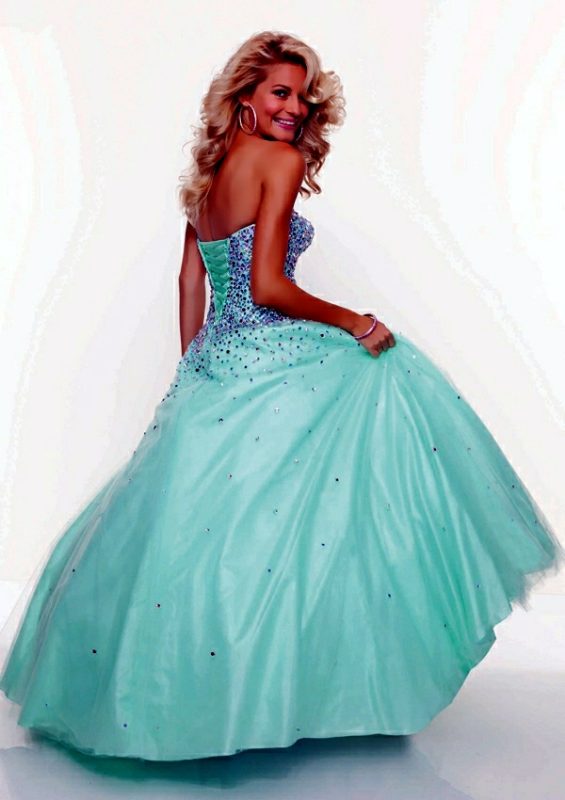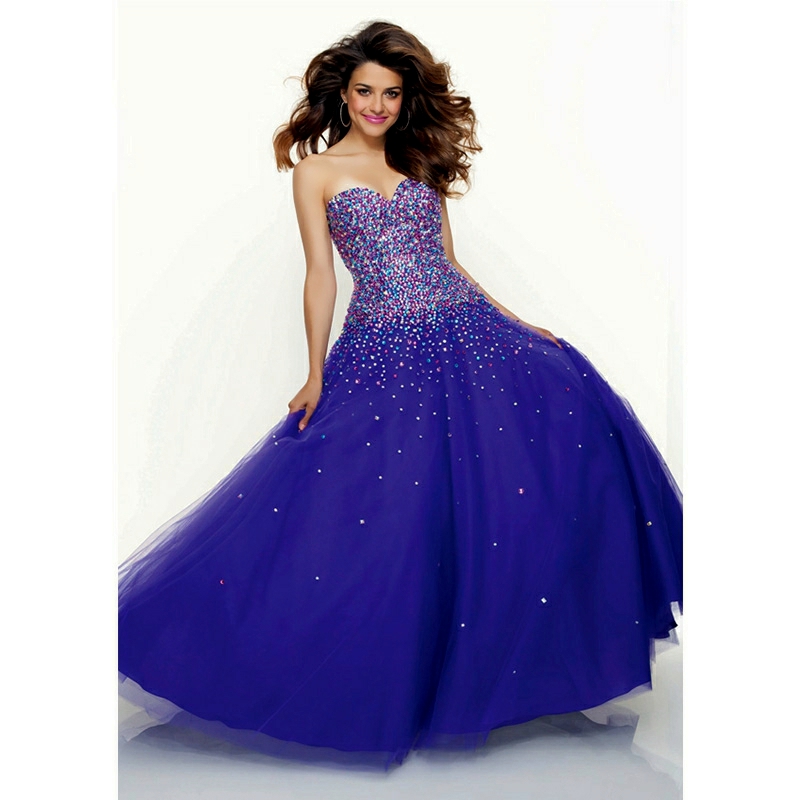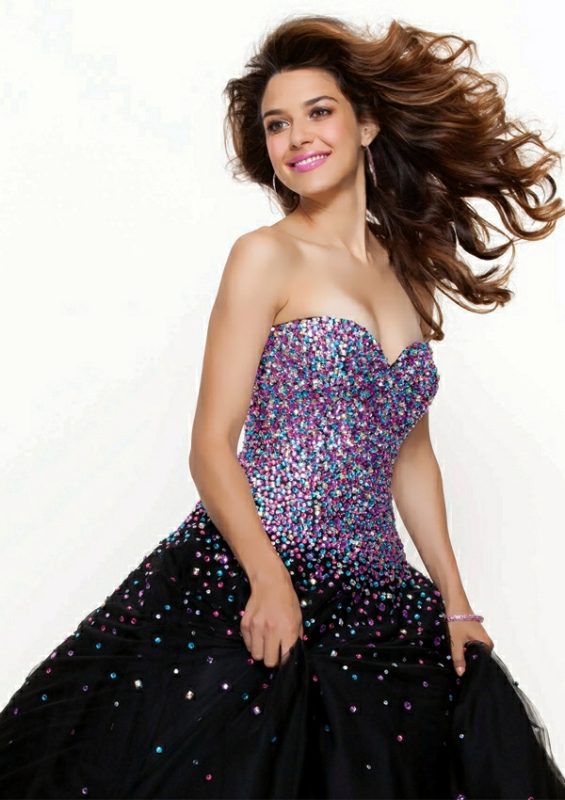Uncategorized
Wigs as Cultural Icons and Beauty Revolution
The digital marketplace buzzes with endless wig options, each promising glamour and ease, yet navigating this virtual aisle feels akin to deciphering a cryptic code. Will the synthetic strands betray their artificial roots under fluorescent lights? Can a novice truly mimic a salon-perfect install with a YouTube tutorial? Celebrity stylist JStayReady, whose clientele includes Kelly Rowland and Saweetie, cuts through the noise: “Scrutinize three pillars-hair origin, lace hue, and cap size. Master these, and the rest falls into place.” While the quest for a flawless, budget-friendly unit seems Sisyphean, hidden gems on Amazon bridge the gap between red-carpet fantasy and everyday reality.

Wigs have long transcended their utilitarian roots in Black culture, morphing into emblems of reinvention and resilience. From the clandestine “church wig” swapped last-minute in parking lots to the audacious “slayed wig” commanding attention on Instagram grids, these hairpieces narrate stories of survival and self-love. They serve as both armor and artistry-a balm for scorched tresses from one too many bleach sessions, a lifeline for those navigating alopecia’s silent stigma, or a spontaneous metamorphosis for the restless soul. Hannah Ayegbusi, visionary behind Honeyhand Studios, observes this evolution firsthand: “Wigs were once synonymous with aging-a practicality reserved for grandmothers. Today, they’re runway-worthy. My clients range from teens experimenting with pastel pixies to executives demanding 30-inch closures that whisper ‘boardroom boss.'”
The numbers don’t lie: a 25 Amazon finds). Yet their Achilles’ heel is longevity; heat tools risk melting fibers into irreparable frizz. Conversely, human hair wigs-crafted from ethically sourced strands-breathe, sway, and endure dyes like biological kin, though their
150−150−1,200 price tags demand commitment. Brands like Ruka Hair and Gina Knight Wig Design marry ethics with aesthetics, offering textures from silken Brazilian waves to kinky-coily crowns.
Enter the lace frontier-the make-or-break detail separating “Is that real?” from “Nice wig.” HD lace, nearly translucent and tone-adapting, dissolves into the skin for Kardashian-level undetectability but demands TLC akin to handling cobwebs. French lace, sturdier and marginally visible, forgives clumsy hands, making it the newbie’s ally. Then there’s the “buss down”-a social media darling where hair cascades like obsidian waterfalls, parted with surgical precision. Achieve this requires a trifecta: a virgin human hair unit (none surpasses Honeyhand’s 28-inch silk bases), a skull-tight braid-down, and lace melted via adhesive sorcery. As Ayegbusi notes, “When the lace vanishes, so does self-doubt. I’ve watched clients strut into job interviews like Beyoncé entering Coachella.”

Application methods? A spectrum from fickle to fortress. Glueless caps with adjustable bands grant trial-run freedom-perfect for school runs or salsa nights. Adhesive aficionados swear by Got2B’s freeze spray for week-long holds, though overzealous glueing courts hairline havoc. For the committed, sew-ins weave tracks into cornrows, a semi-permanent crown requiring salon prowess.
Wigs aren’t mere accessories-they’re liberation. They whisper to the chemotherapy warrior, “You’re still divine.” They embolden the intern to pink-haired rebellion before reverting to chestnut for Monday meetings. Scroll #WigJourney on TikTok, and you’ll find grandmas swapping toupee tips with Gen Z’s rainbow-haired mavens. As Ayegbusi muses, “We’ve traded stigma for swagger. Now, every woman-whether 18 or 80-knows: her hair, her hierarchy.” So dive into the wigosphere. Your crown awaits.

